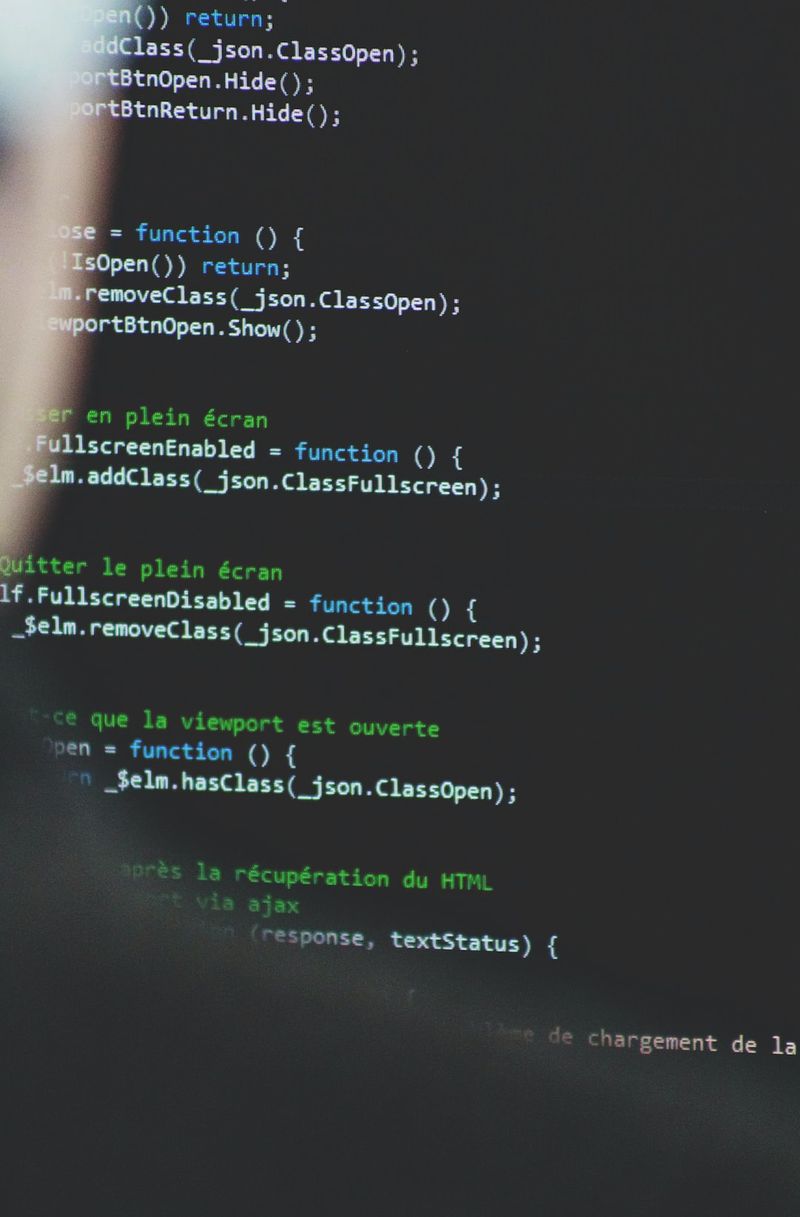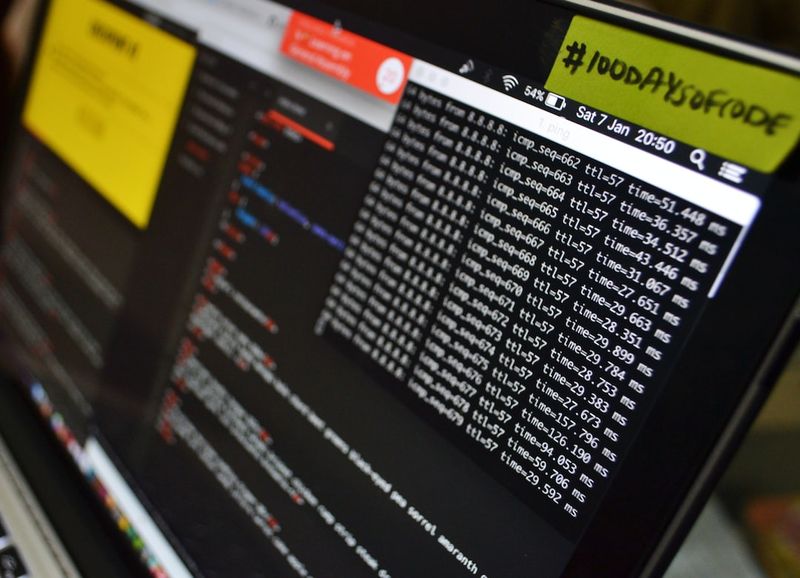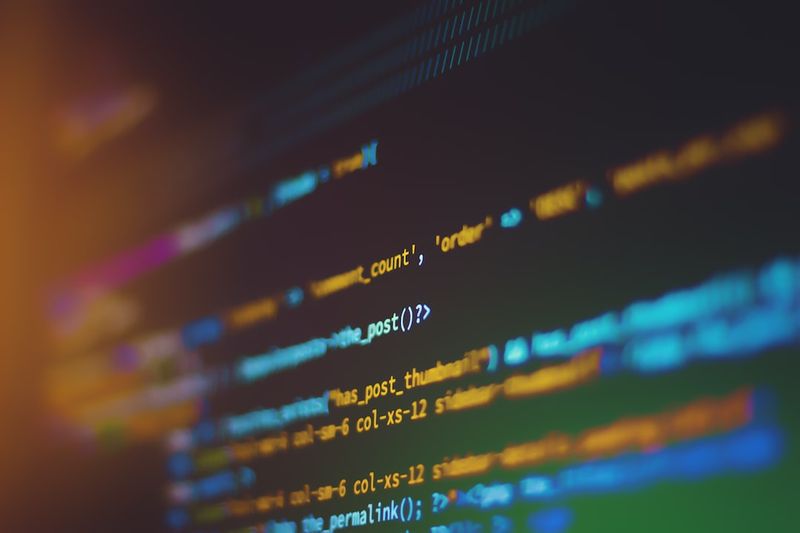In a recent cyber attack, Spanish airline Air Europa has announced that the payment card information of some customers may have been compromised. The company detected unauthorized access to a system storing payment card data, which resulted in the potential theft of partial credit card numbers, expiration dates, and CVV codes. Air Europa has not confirmed the exact number of individuals impacted by the breach but has advised affected customers to cancel their payment cards and be vigilant for any suspicious phone calls, emails, or messages.
**Internet Security: Airlines Vulnerable to Cyber Attacks**
Airlines have long been a target for cybercriminals, particularly ransomware groups seeking sensitive information from compromised systems. This recent breach with Air Europa highlights the vulnerability of payment systems in the aviation industry to cyberattacks. It is a reminder of the importance of robust cybersecurity measures for airlines and the need for constant monitoring and risk mitigation efforts.
**Editorial: The Cost of Cyber Vulnerability**
The Air Europa data breach is yet another example of the devastating consequences that cyber vulnerabilities can have on businesses and their customers. The theft of payment card data can lead to financial loss for individuals and damage to the reputation and trustworthiness of companies. It is imperative that organizations invest in comprehensive cybersecurity measures to protect sensitive data and prevent unauthorized access.
**Advice: Protecting Payment Card Information in the Digital Age**
In an era where digital transactions are becoming increasingly common, it is crucial for individuals to be proactive in protecting their payment card information. Here are some steps that can be taken to mitigate the risk of data breaches:
1. Regularly Monitor Statements: Check credit card and bank statements regularly for any unauthorized charges. Report any suspicious activity immediately to the respective financial institution.
2. Use Secure Online Platforms: When making online purchases, ensure that the website you are using has proper security measures in place. Look for websites with SSL/TLS encryption, indicated by a padlock icon in the URL bar.
3. Enable Two-Factor Authentication: Many financial institutions now offer two-factor authentication, which adds an extra layer of security to online banking and payment card accounts. Enable this feature to protect against unauthorized access.
4. Be Cautious of Phishing Attempts: Be wary of unsolicited emails, messages, or phone calls asking for personal or payment card information. Cybercriminals often use phishing techniques to trick individuals into revealing sensitive data.
5. Update Software and Devices: Keep all devices and software up to date with the latest security patches and updates. This helps protect against known vulnerabilities that can be exploited by hackers.
6. Use Strong, Unique Passwords: Avoid using easy-to-guess passwords and instead opt for complex, unique combinations. Consider using a password manager to securely store and generate strong passwords.
In conclusion, the Air Europa data breach serves as a reminder of the ongoing threat cybercriminals pose to businesses and individuals alike. It is essential for organizations to invest in robust cybersecurity measures to protect sensitive data, and individuals must remain vigilant in safeguarding their payment card information in an increasingly digital world.

<< photo by cottonbro studio >>
The image is for illustrative purposes only and does not depict the actual situation.
You might want to read !
- Citrix Takes Swift Action to Secure NetScaler ADC and Gateway in Response to Critical Vulnerability
- Defending Your Digital Fortress: The Offensive Strategy for Password Security
- Exploring the Need for an Offensive Stance on Password Security: Continuous Monitoring for Breached Passwords
- The Return of a Cunning Cyber Espionage Clan: Unveiling the Israel-Linked Hackers’ Revival
- “The Unseen Battlefield: Cyber Mercenaries Exploiting Tensions Between Israel and Hamas”
- The Ever-Evolving Threat: A Historical Analysis of Keyloggers from the Cold War to the Digital Age




